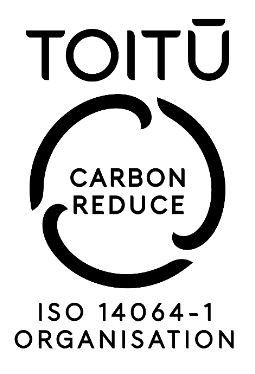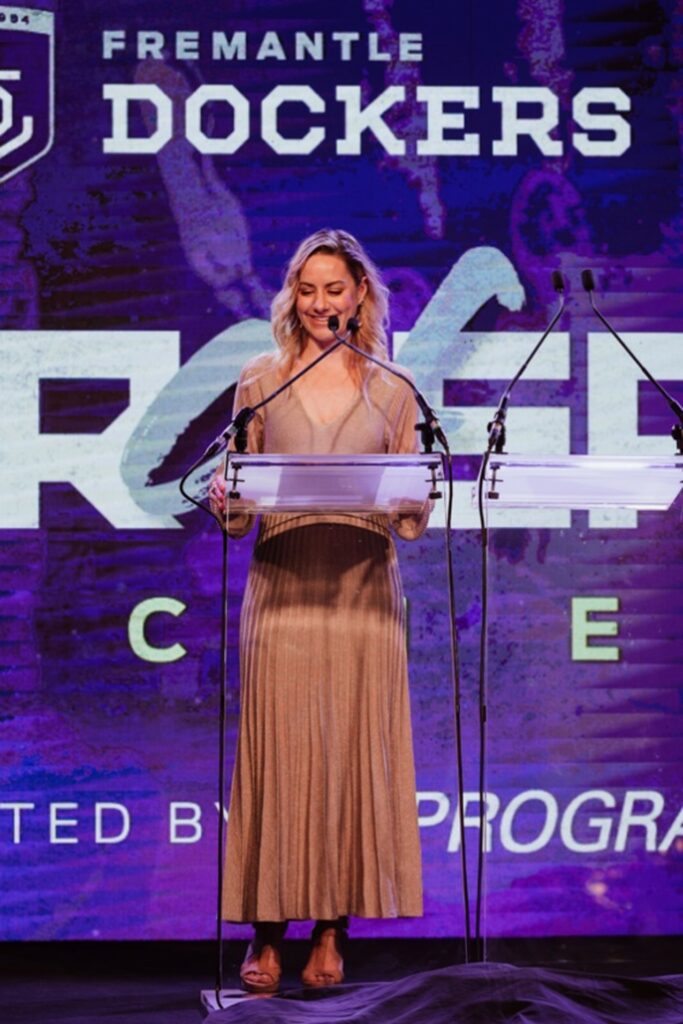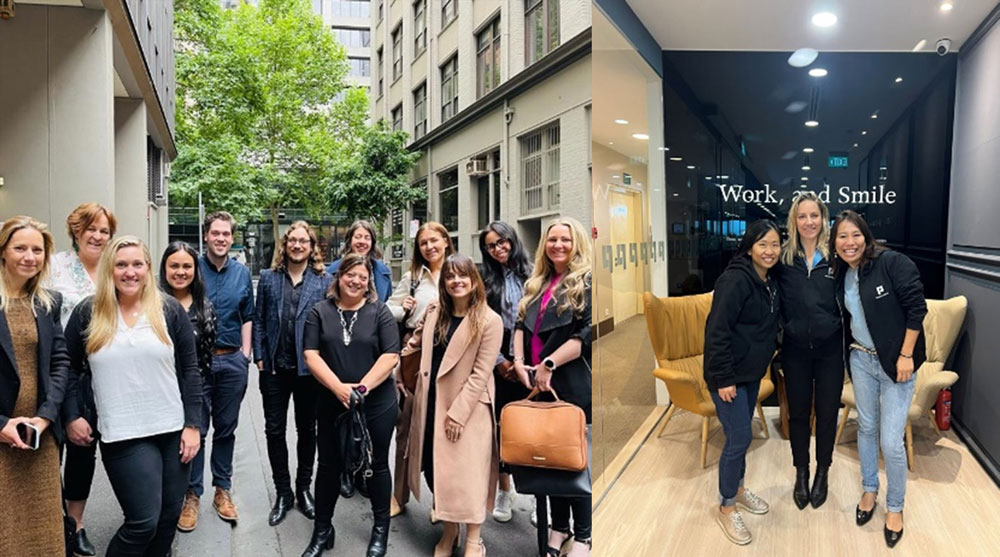Understanding the Talent Shortage
The talent shortage is an escalating concern worldwide, impacting organisations across various sectors. This shortage occurs when there are more jobs than qualified individuals to fill them, especially for roles that demand a high level of specialisation. The challenge goes beyond simple vacancies; it disrupts company growth, innovation, and productivity as businesses scramble to secure the right candidates with the right skills.
Factors Contributing to the Talent Shortage
Several factors contribute to the ongoing talent shortage:
- Changing Skill Demands: As technology evolves, new skills are required across industries. Traditional hiring methods often struggle to keep up, leading to skill mismatches and a gap between available talent and job requirements.
- Aging Workforce: Many industries, particularly manufacturing and healthcare, face challenges due to an ageing workforce. This leaves significant skill gaps as experienced employees retire, and the younger workforce may lack the specific skills needed to replace them.
- Limited Talent Pool: With some positions requiring very specialised skill sets, the available pool of qualified candidates can be small. This is particularly true in sectors like IT and engineering, where rapid technological advancements make it hard for formal education to keep pace.
- Geographical Disparities: Skills shortages can be more pronounced in specific regions. Rural areas, for example, may struggle more than urban centres to attract skilled talent, exacerbating talent gaps for organisations based outside major hubs.
- New Hiring Preferences: Companies traditionally focused on hiring based on credentials like college degrees may miss out on highly skilled candidates without formal education but who possess specific, in-demand skills. Harvard Business Review highlights the benefits of moving away from degree-based hiring to skills-based hiring, as it allows companies to tap into a wider talent pool.
Which Industries Are Most Affected by the Talent Shortage?
While talent shortages are widespread, certain industries are particularly affected:
- Technology: The demand for skilled workers in artificial intelligence, cybersecurity, and software development has skyrocketed, creating a scarcity of professionals with these highly specific skill sets.
- Healthcare: The pandemic underscored the need for healthcare professionals, particularly nurses and specialists, highlighting a pre-existing talent shortage. This gap is likely to persist as demand grows for specialised healthcare providers.
- Manufacturing and Skilled Trades: With an ageing workforce and few younger people entering these trades, manufacturing faces a significant shortage of skilled workers. Companies need welders, machinists, and other trade specialists to keep operations running smoothly.
- Engineering: Fields like civil, mechanical, and electrical engineering require specialised skills. However, fewer graduates and an ageing workforce mean a shrinking pool of skilled engineers.
Strategies to Address the Talent Shortage
Organisations can adopt several strategies to combat the talent shortage:
- Rethink Hiring Practices
Traditional hiring approaches may overlook capable candidates. Embracing skills-based hiring practices over rigid educational qualifications opens the door to candidates who possess practical, job-ready skills. Companies may also benefit by adjusting job descriptions to focus on specific skills rather than titles, making it easier for candidates with non-traditional backgrounds to apply.
- Invest in Training and Professional Development
Investing in training programs helps upskill existing employees, ensuring they acquire the specific skills your organisation needs. This approach can create an internal pipeline of skilled workers who are already familiar with your company’s culture and processes. For instance, offering certification programs or on-the-job training in new technologies can empower employees to take on more specialised roles, reducing reliance on external hiring.
- Access the Hidden Workforce
Many potential candidates are often overlooked due to factors like career breaks, disabilities, or unconventional career paths. These “hidden workers” represent a vast talent pool that could fill crucial skill gaps. Adjusting hiring practices to be more inclusive, such as offering flexible hours or remote work options, can help bring hidden workers into the fold and alleviate talent shortages.
- Leverage Talent Offshore and Outsourcing Services
Offshoring certain roles allows companies to access a global talent pool, reducing the impact of regional shortages. This strategy is particularly beneficial for roles in technology and customer service, where remote work has proven effective. Partnering with a talent acquisition firm can help organisations navigate the complexities of offshoring, ensuring compliance and efficient onboarding of skilled professionals from different regions.
- Develop Talent Pipelines
Building relationships with educational institutions, such as universities or technical schools, creates a pipeline for emerging talent. Companies can also offer internships, apprenticeships, and co-op programs to attract early-career professionals, giving them practical experience while establishing your organisation as an employer of choice.
- Improve Retention Strategies
The talent shortage isn’t just about hiring but also retaining skilled employees. Offering career development opportunities, competitive compensation, and a positive work culture can reduce turnover, allowing companies to maintain a strong, loyal workforce. Regularly gathering employee feedback can help identify and address any issues that might lead to attrition, keeping valuable talent within the organisation.
How a Recruitment Firm Can Help?
Combating the talent shortage requires a proactive, multi-faceted approach. Recruitment firms can play a vital role in helping companies navigate this complex landscape by offering expertise, access to hidden workers, and global talent solutions. From identifying the ideal candidate to filling skill gaps, partnering with a recruitment agency provides a strategic advantage in a competitive hiring market.
Contact us today to learn how our services can transform your recruitment process and bridge the talent gap effectively!









